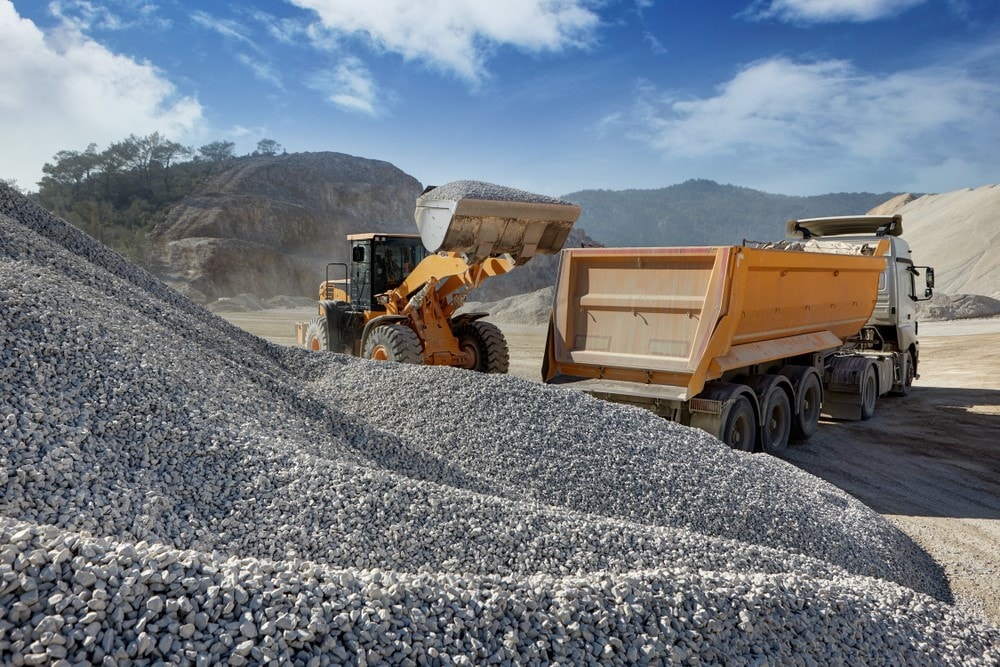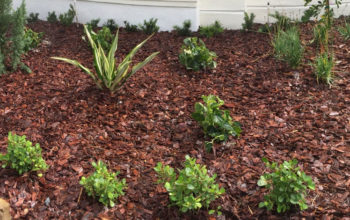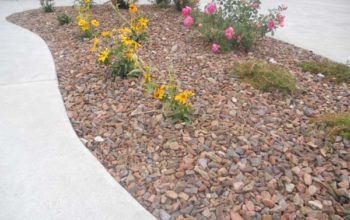How is gravel made?
Even though gravel is one of the most important materials used domestically, industrially and otherwise universally, it is a material that is often not given much thought or consideration in terms of where it comes from.
And, what is it really made of?
What is gravel?
Gravel is simply stone that has been crushed up, and is made up of what is called unconsolidated rock fragments.

These fragments are irregularly shaped, thanks to the crushing action that the stones undergo, giving it a mismatched shape that still manages to fit rather uniformly and attractively into the other pieces of gravel around it.
The most often used types of stones when it comes to making gravel include limestone, sandstone and basalt, though there are many other types that commonly can be used.
Once it has been crushed down it has a wide variety of uses, everything from paving roads to building homes. There are two main categories: pebble, or fine gravel, and granular, or coarse gravel.
Some of the gravel that is made in the United States comes from rocks that have been naturally formed in locations such as riverbeds, streams and similar formations.
- The most common variety of gravel that comes from these natural sources tends to come from bench, bank, creek and plateau gravels.
- When it comes to the other gravel types, mining companies throughout the United States are responsible for producing gravel in places where this naturally crushed down rock is not naturally found.
- When it comes to making industrial grade gravel, the process often involves gathering many large rocks and crushing and breaking them down until all that is left is irregularly shaped fragments that form a durable yet pliable surface.
These rocks are taken from a number of different surfaces and stored in places like quarries; it is here that they are then crushed or exploded and, depending on what will be done with them, sometimes combined with stone powder.
The types of gravel used in construction can range in diameter from tiny millimeters to several inches in size, as each different size of gravel is ideal for use in unique situations and locations.
For instance, commercial and residential walkways often require smaller particles around 2.5 inches, while railway areas often need coarser textures to do the job.
Gravel is maintained in the same way that paved roads are in order to extend its lifespan, control the dust that comes off of it and just generally keep it in the best shape possible so it can last longer.
Gravel comes from various sources and is likely more diverse than you think because of its many uses. No matter the material, type or grain, it is hard to deny the importance of this unsuspecting material in everyday life.






